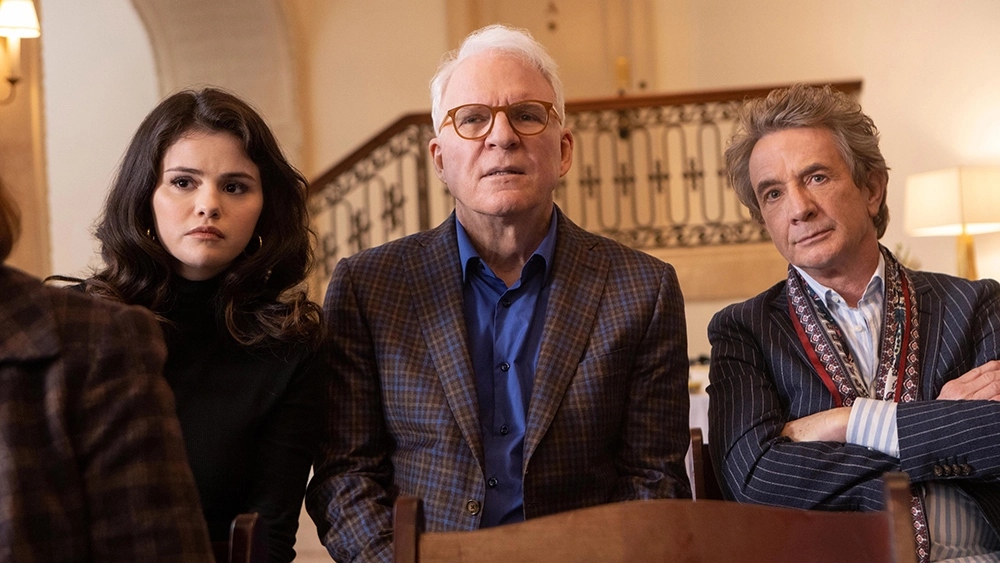
Only Murders in the Building stars Steve Martin, Martin Short, Selena Gomez… and the Arconia. Though it’s a fictional building, it — along with the apartments belonging to Charles-Haden Savage (Martin), Oliver Putman (Short), and Mabel Mora’s (Gomez) aunt — feels as real as any other character on Hulu’s hit mystery comedy series.
The lion’s share of the credit for that goes to Production Designer Curt Beech, who has risen through the ranks from Art Department Production Assistant to Assistant Art Director, and from Art Director to Production Designer. Beech’s notable credits include Steven Soderbergh‘s Ocean’s Thirteen, J.J. Abrams’ Star Trek, Steven Spielberg‘s Lincoln, Spike Lee‘s BlacKkKlansman, the Netflix series She’s Gotta Have It, and Jordan Peele‘s Amazon series Hunters.
Below the Line recently caught up with Beech via Zoom from his home in Brooklyn. Over the course of our time together, Beech explained how he got into the business and what a production designer should strive for on each project before revealing why he didn’t return for the upcoming second season of Only Murders in the Building.
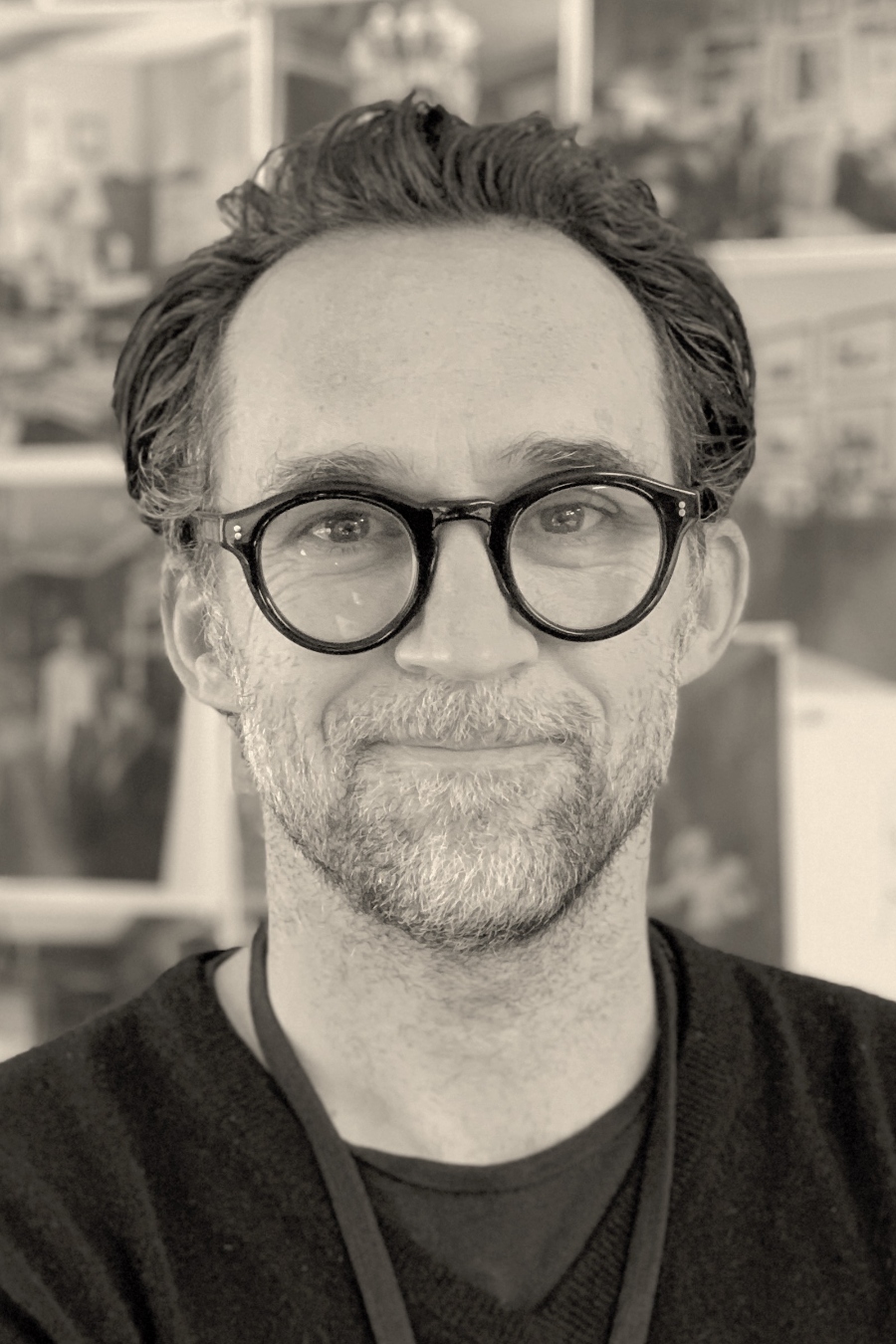
Below the Line: You wanted to be an actor originally, right?
Curt Beech: I don’t know where you get that from! Yeah… but we’re talking about 100 years ago.
BTL: What changed?
Beech: I got to a point where I realized that I could change a design 100 times, but I couldn’t really change this (points to his face with both hands). So, I started working backstage more, and got excited about that. I sang and danced. I did theater with my local regional theater in North Carolina. I did a lot of that as a kid. In college is when I started transitioning over and doing that stuff, in addition to being in plays.
BTL: How did you get your big break as a production designer?
Beech: My window of opportunity came at a random show. It was the smallest production in Los Angeles at the time. It was a $600,000 movie (The Man Who Shook the Hand of Vicente Fernandez), and it was Ernest Borgnine’s last film. He was 94, and he was still at the helm of this film. It was amazing to watch him sit and hold court with the actors in between takes. We wrote his lines on cue cards, and he read them. He still was an incredible actor. That was my first production design job. From that, I got an agent — who was a friend of the producer — and then things started to happen. That was the beginning.
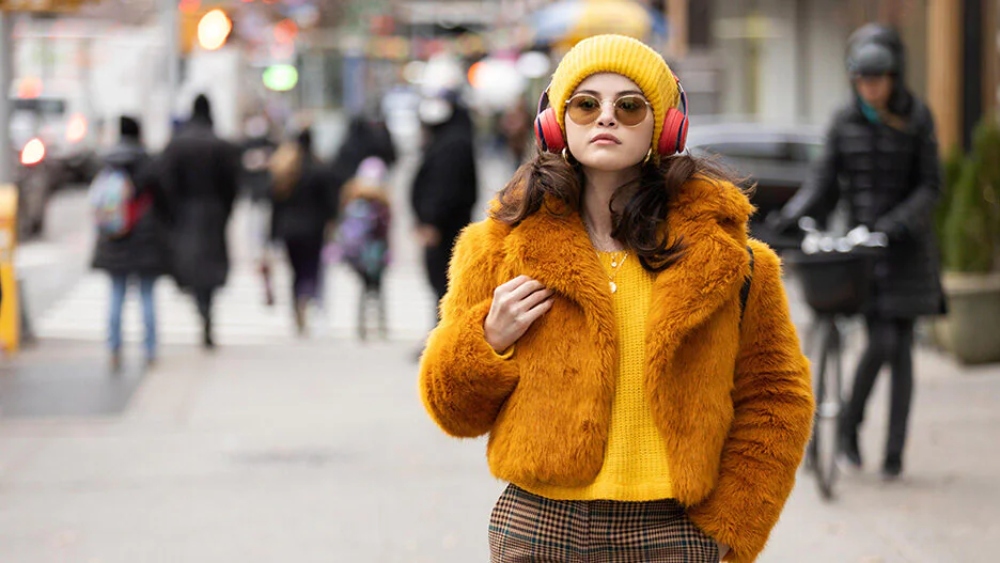
BTL: How do you define the job of a production designer?
Beech: My responsibility is everything that’s out of focus. That’s the gist. Every frame of the film is, in some way, my responsibility. There’s no getting away from any part of the design. You have to design everything that’s in every shot. The other thing I like to talk about is my little Venn diagram. I’ve been teaching a class at the School of Visual Arts, advanced production design, and during Covid lockdown, I sat down and I said to myself, ‘Alright, what do I do here? What is the job? What is the class that I teach someday going to look like?’ I came up with 70 design cards. I came up with these cards that all have little rules for design on them, and how it works. I based the class on this collection of design insights and ideals, but the Venn diagram is the key for me. It’s where authenticity, story, and visual content converge. There’s a sweet spot in between those things.
Different films lean on different aspects of those three parts of filmmaking, and some of them rely too heavily on some of those. You get into some of the splashier Marvel things, which are fun and great, but they might lean on visual content more than story or authenticity. Documentaries are heavy in authenticity, and dramas tend to be heavier in [terms of] story. Period pieces sometimes rely too heavily on authenticity as well and get stuck trying to be slavish to those ideas. To turn the whole idea on its head, some of the best films, design-wise, are fantasy and science fiction. Even in an unbelievable world, you can have authenticity, and those are some of the greatest achievements. When you can take a genre that doesn’t lend itself to one of those three categories, and still land in the middle, that’s when you’ve done your job.
BTL: How did that apply to Only Murders in the Building?
Beech: For Only Murders, we did a pretty good job of finding the sweet spot. We did it by giving a lot of story to these characters and giving them environments that felt real for them. They may not be real for us. They may not be realistically sized. In creating all this story for them, we got authenticity. Visually, when you’re dealing with a half-hour comedy, there has to be a certain amount of warmth spread across the piece. The stakes are not high for the audience, which is nice, but the stakes are incredibly high for the characters. That’s what’s so successful about the show. That’s what it does uniquely. It does it better than most of the things out there.
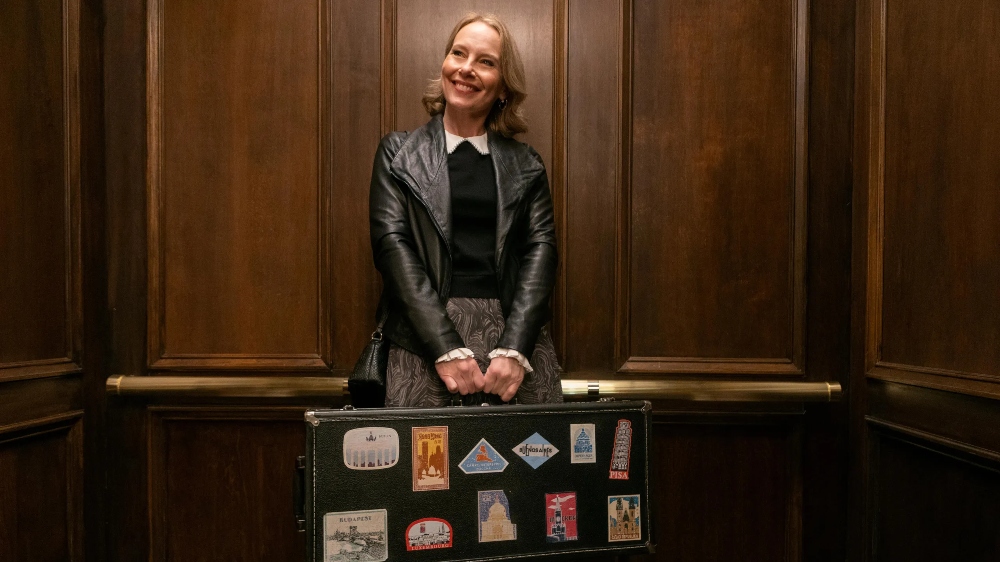
BTL: Take me through specifically creating and differentiating the apartments for Charles, Oliver, and Mabel… or Mabel’s aunt.
Beech: Let’s talk about it in terms of architecture, because in the Arconia, our fictitious building, we have this courtyard, which makes it a special kind of New York building. There are only a few of them left. There’s the Dakota, and the Belnord is another one. There’s another one in Harlem. It had the same architect as the Belnord. A couple of architects did a bunch of these buildings. We looked at all of them and some of the details. Some of them have been redone, and some haven’t been touched, so we created an idealized version. What happens in these apartments is that these things get carved up and added on to/subtracted from, depending on how they change hands. That’s one of the fun things about these apartments. We studied the ground plans of these places over time. Some are big and sprawling, and the suggestion is that Mabel’s is the biggest of the bunch because her rich auntie is not even living there. It’s maybe a whole side of this building and we’re only seeing a portion of it. In Season 1, we don’t see the kitchen. We don’t see any of the other bedrooms. We’re seeing what’s probably a massive dining room and living room combination. So, there’s much more to her place that we don’t even know about.
Charles’ place is a little tighter, and more of a bachelor pad, with maybe two or three bedrooms. A real estate article about it thought it was five bedrooms. It’s $12 million! It’s crazy. It’s a two- or three-bedroom place. He’s got an office somewhere and he’s got a guest room, plus his room, but it’s definitely been renovated and the renovation tells a whole story about his past as well. Then you look at Oliver’s place. It’s got a lot of bones, but the bones have been exaggerated. It’s got a lot of the original details, but they’ve been messed with, and that also happens in these buildings. They add paneling to the walls, and they add decorative molding around. That’s what we did with his. We added a bit to make it more dramatic and more befitting a theatrical design.
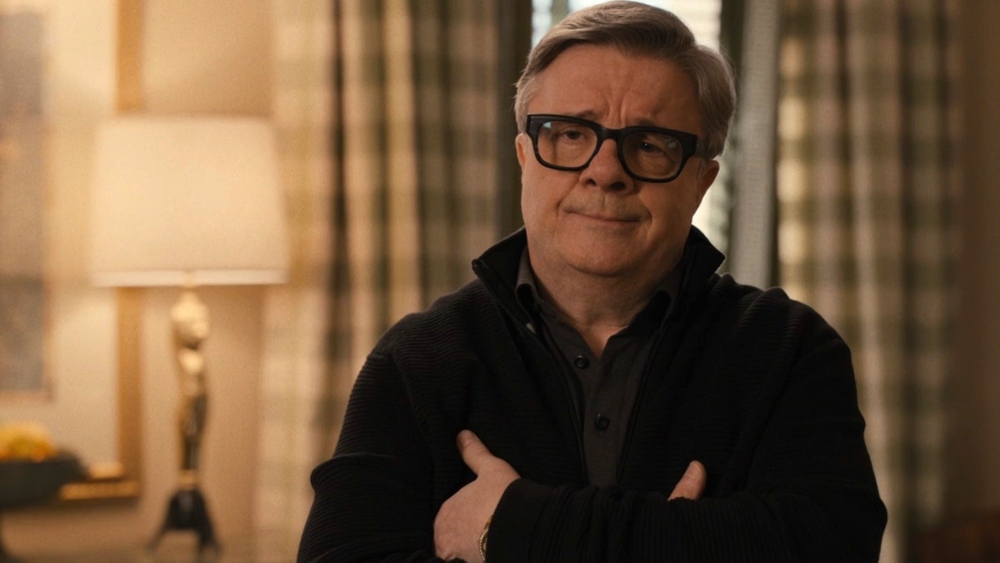
BTL: What input, if any, did the three stars give you on the apartments for their respective characters?
Beech: I happened to get called into a Zoom with Steve early on, and I got a little bit from him. I found out what artists he thought Charles might have in his place. Steve is an art collector and has a great eye. He knows a lot about design, architecture, and art. He mentioned a couple of furniture designers who he thought might be appropriate, so we got a couple of those pieces in the apartment as well. With the other apartments, it wasn’t so much an issue because I didn’t talk to Martin and Selena, and Mabel’s place isn’t really her place.
Mabel’s was easy to deal with, at least conceptually. The rule for Oliver’s place was basically all the furniture had to look like it was stolen from a play. He definitely took stuff as he went along, which, having talked to some older designers in the industry, happened all the time back in the day. Entire producers’ homes were decorated from shows. It did happen. So, there’s a definite logic to that.
BTL: You’re not involved with Season 2. How come?
Beech: The dates didn’t line up. I was on a feature that’s coming out in October, and I couldn’t get back in time to do Season 2.
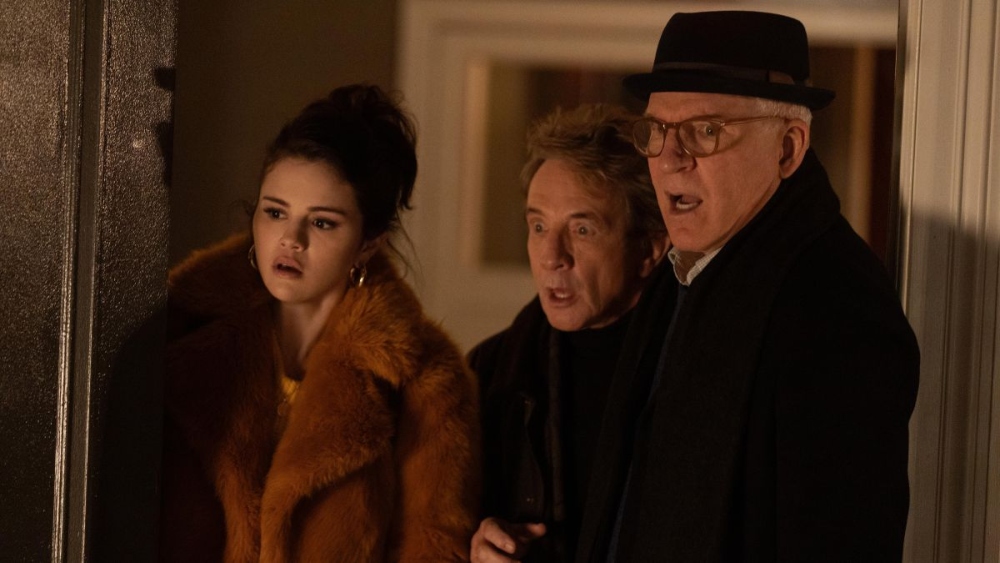
BTL: But when you do a show like this, which so specifically takes place in a particular location and on standing sets, you’ve left your mark…
Beech: Yeah. That’s one of the great things about doing the first season of any show. I tend to stick with the first season, and I don’t go back often for the second, though I would have on this. It’s fun to build the world and create the whole feeling of it. The only season two I’ve done was She’s Gotta Have It, and that was because Spike Lee was directing all the episodes. It’s like doing a feature when you’ve got one director doing all the episodes. You shoot it in a strange order, and there are no rules because you don’t have to wrap up one episode before you move on to the next. You can pull things from later episodes in and shoot them whenever. It’s crazy, but it’s fun.
BTL: The feature you mentioned is Till. What was the challenge for you on that project?
Beech: It’s a gigantic period piece on a modest budget, shot in Atlanta. Crew-wise, it’s hard because there were 80 shows going on in Atlanta at the time. It’s massive, so the filmmaking process is difficult in that town. On top of it, it’s a period piece, and there’s the responsibility of telling a difficult story. That weighed heavily on all of us all the time, to try and get it absolutely and emotionally right, and that’s where we succeeded with the film. Historically, it is not completely accurate on every single thing that we did. We did not make a documentary, but we made something that feels rich emotionally and tells the story that everyone should know, a story that’s hard to hear. I’m very proud of it, and I can’t wait to see it.
Season 1 of Only Murders in the Building is now streaming on Hulu.
https://www.youtube.com/watch?v=-V1rQdXXXyI





